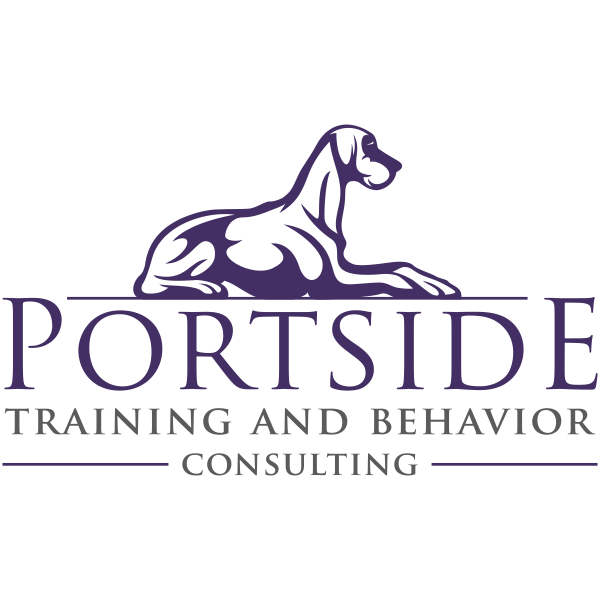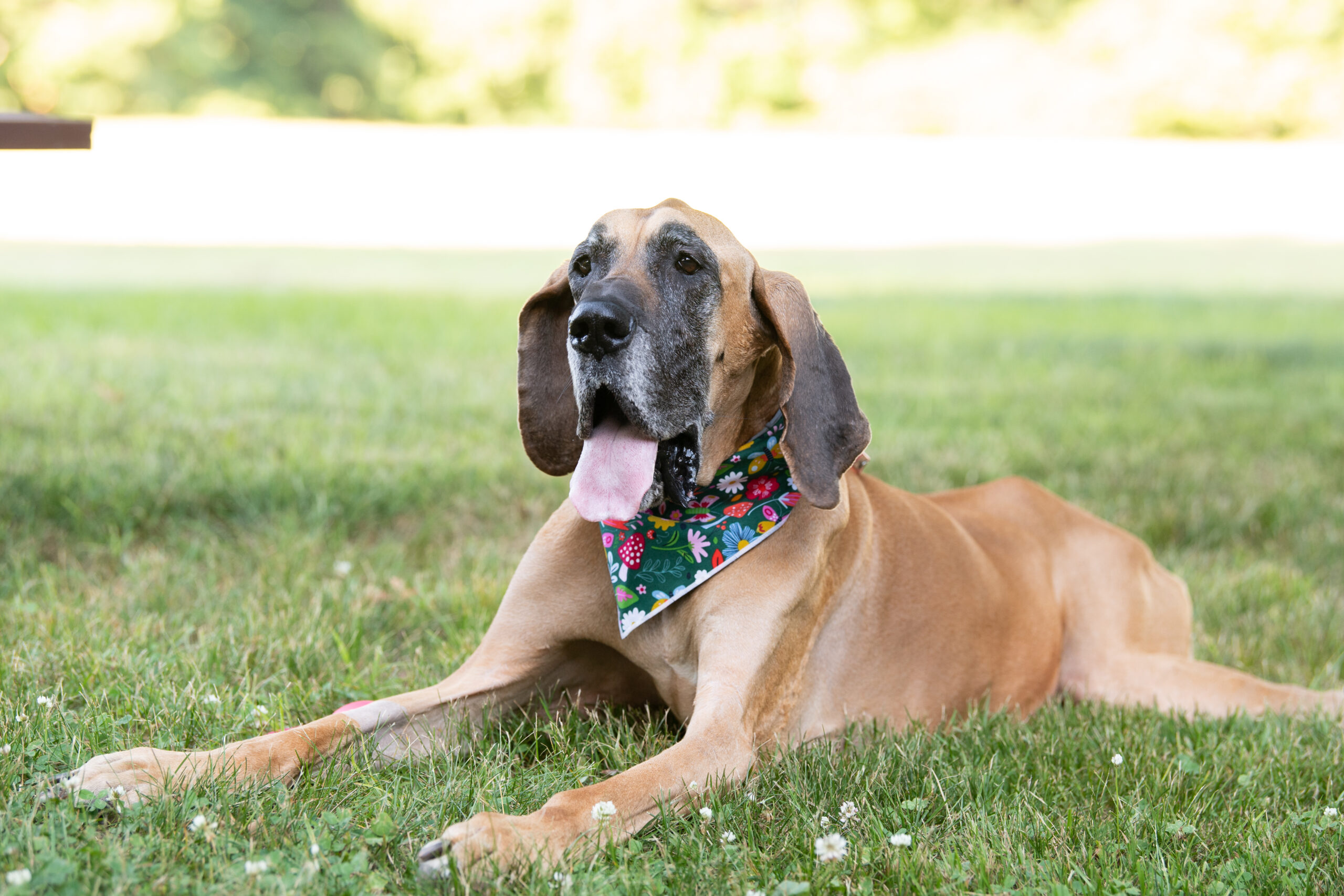I am not here to stir the pot or attack anyone, but I do need to spend a minute talking about “balanced training”. I am going to labor to try and give the strongest argument I can muster for balanced training. I am going to avoid talking about the physical and mental health risks, as well as mention #thescience. I will include some information at the bottom if you are interested in the risks associated with aversive training.
Without diving too deep into the quadrants (don’t worry that vlog is coming), a “balanced” dog trainer is someone who tries to balance the use of positive reinforcement (R+), and aversive-based methods (Insert snarky meme). Proponents of balanced dog training try to argue that they have more tools in their toolbox, for example, if they are struggling with teaching a dog how to walk nicely on leash if they tried R+ and didn’t work, they would then be free to use a prong collar, or shock collar, or another form of aversive training. On its face it does sound like a balanced trainer would have more options, as an R+ trainer I am restricting myself to not using methods that cause pain. If something isn’t working balanced training has a lot more physical tools to apply. We know that tools can be effective at reducing problem behaviors. For many people as well, it changes their mental state of mind, I have worked with clients (for the record we did transition away from prong collars) who were so nervous to handle their dog that having them on a prong collar gave them the confidence to work with their dog. Whereas R+ trainers, all you do is give them food and spoil them. What happens when food doesn’t work Mr. fancy dog trainer?
On the face, it sure sounds like this argument holds water. They literally have more tools in their toolbox, checkmate R+ nerds. I think this is a rhetorical trick, now let me spend the rest of my life explaining why. So often R+ trainers have to explain what they don’t do rather than what they actually do. As a wee lad with my first few clients, I remember falling into this trap. “Yeah I uh, won’t hurt your dog, I don’t do XYZ”, this really isn’t a good way to market yourself. “Welcome to my bakery, our cakes do not contain arsenic!” which, to be honest, should probably be the baseline, and the fact you mentioned that makes me a little concerned. So what do R+ dog trainers do? What happens when food doesn’t work?
A big part of being an R+ dog trainer is having a complex understanding of how dogs communicate. R+ training is a much more holistic approach when compared to balance training, as much as a balanced trainer might disagree. When evaluating what the dog needs, and what the client says the dog needs we want to look at the entire picture. This example is from a real client I worked with. They came to me and said that their dog was having a lot of trouble with the “Sit” cue. For whatever reason one day the dog decided that they had no idea what sit meant and blew them off. When I got there, I had them demonstrate what was happening, and then asked them to take two steps to the right, and the dog was able to sit again. That’s all it took. The reason was, they kept asking their dog to sit in uncomfortable places, either it was wet, rocky, or maybe had a funky smell. Just by a small change, literally two steps the dog was able to succeed. A balanced trainer might recommend using a pinch to have the dog offer a sit as an escape behavior or go to a shock collar to ensure compliance. We want to make sure we look at the entire scope of things and find out is there a specific reason we aren’t getting the results we want.
Let’s also take a quick detour to talk about food, or as many people refer to it “bribing” dogs. I want you to think about this, would you wake up at 6 am, make coffee, and go to your job if you didn’t get a paycheck? I love my job, but I like going to Dunks in the morning and I have 3 dogs to feed. A large portion of what we ask dogs to do on a daily basis is so far outside of the norm. We ask them to stay attached to us on this weird rope. We ask them to hang out in our homes all day. We ask them to not bark, not chew on that, not to chase that squirrel. The human world doesn’t really mesh with what your dog thinks life is. Our job is to teach them how to not only survive but excel in the world we have created. We want them to enjoy their lives with us, but they do need some help in adapting to our world, to your specific world. Every time you give them a piece of cheese, that is you signing their paycheck for a hard day’s work.
What happens when food doesn’t work? I’ll be honest, I have met a few dogs that are truly not food motivated. I have met many dogs who have learned that food means something scary is about to happen or dogs who prefer chasing or playing to food. I would venture to say about 80% of my clients who say their dog isn’t food motivated, haven’t set up a scenario for their dog to be successful. I work with a lot of reactive dogs and many times they are so worked up by THE THING that they are unable to take any form of reinforcement. This is where we return to the idea of understanding canine communication. What this typically tells us is that the situation we are working in is currently too difficult for the dog to succeed. We might need to add some more space, back up 10-15-100 feet away, we might need to up the reward, maybe their kibble just isn’t valuable enough, and time to bust out the hot dogs. What we want to do is evaluate how to set the stage for the dog to be successful. Let us return to the bakery, maybe all we need to do is move that arsenic jar, into the back room, rather than have it sit next to the flour. Changing the scenario for the dog is going to be more effective than adding in an aversive to suppress the barking behavior.
Ok, I know I haven’t even addressed the “what if they don’t take food?” argument. Over 1 thousand words to talk around the point. There are dogs who do prefer other forms of reinforcement. They are definitely out there. But, we’ve tried nothing and we are out of ideas isn’t really a solution. Returning again to understanding communication, is the solution to apply punishment to the dog? No, what we need to do is spend some time thinking about what the dog might work for. Maybe it’s play, maybe it’s praise, maybe it’s a long-drawn-out sniff session at their favorite tree. It’s time for us to roll up our sleeves and get creative, or weird. My old man Trapper is a prime example of this. He did not take food for the first few months he was home with me. I wanted to make sure he learned a strong recall. Well, he won’t take food at all, even hot dogs and cheese what do I do? I got weird, I taught him to stay, and then ran and hid under a blanket in various parts of my house. I would then call his name and said the H-word “HERE!”. Trapper would then go bolting around the house until he found me. After about a week of this, his recall was perfect and he earned his off-leash wings a week after that.

All of this to say, I think I have a lot more tools at my disposal than someone who resorts to using a shock collar or prong collar when things aren’t working out the way they planned. Comparing any of the fun or weird ideas in my head, I think I have many more tools at my disposal than a prong, shock, or choke chain. When I hear someone who says that balance trainers have more tools at their disposal, what I hear is someone who isn’t thinking creatively. Dog training should be fun for you, and for your dog, and if it isn’t something needs to change.
Additional Resources
In Dog Training, Balance Is Off by Dr. Zazie Todd “https://www.companionanimalpsychology.com/2016/08/in-dog-training-balance-is-off.html
CCPDT statement on LIMA
American Veterinary Society of Animal Behavior statements


One response to “But I have more tools!”
[…] to say, we want to avoid punishment as much as humanly possible, it doesn’t matter how many tools they say they have. Together, these two ideas form an ethic that is informed by science and […]